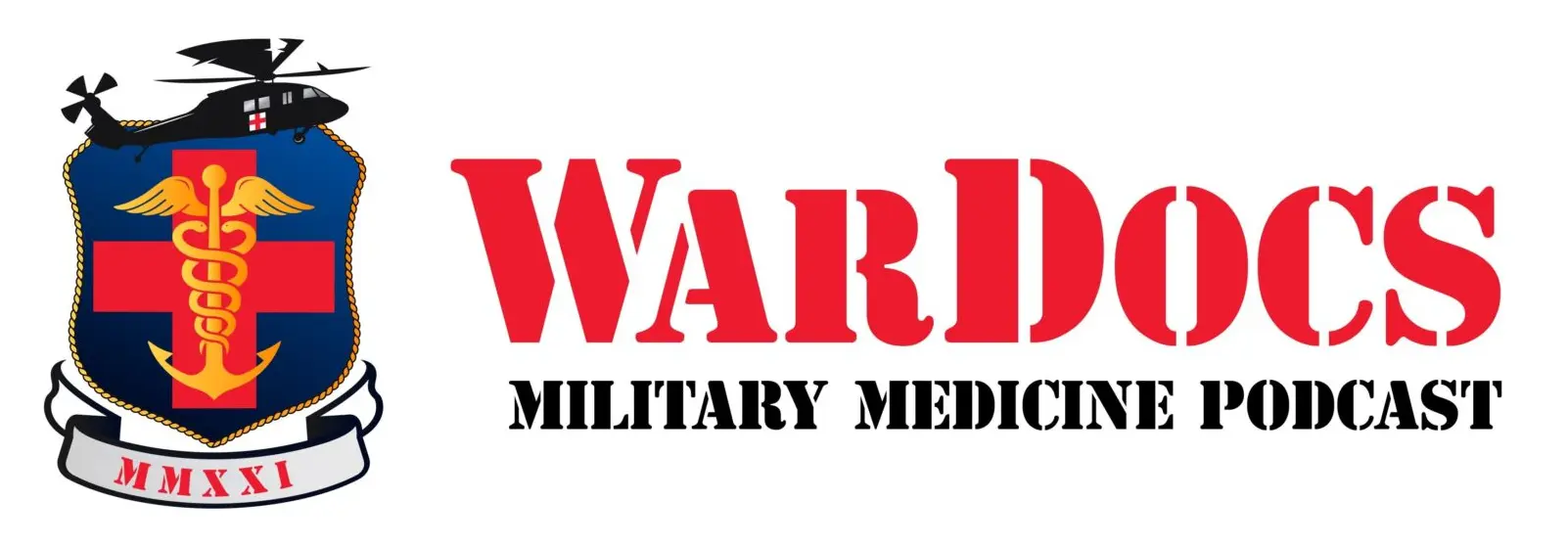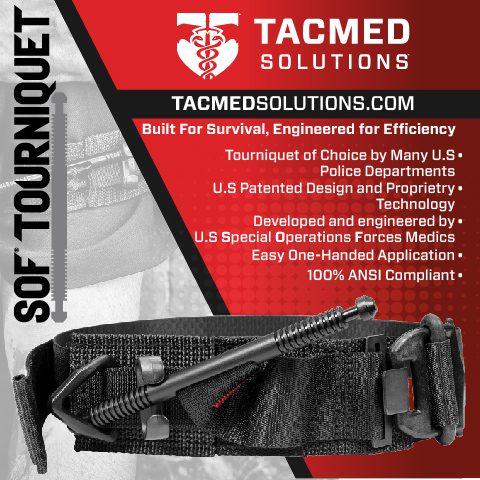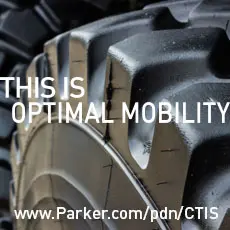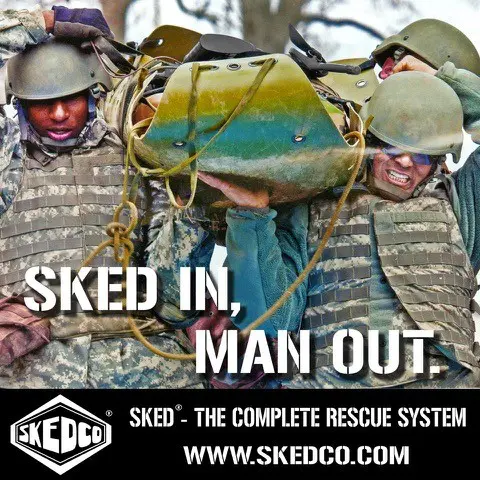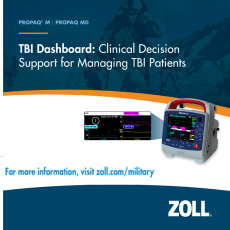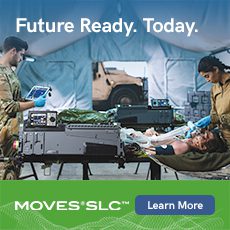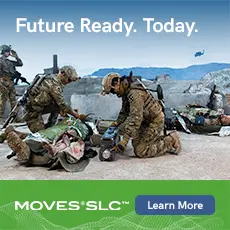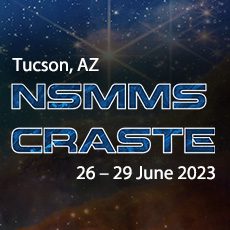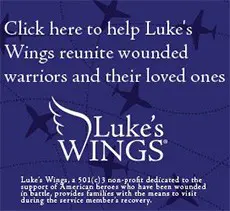Facilitating Continuous Mobile Care from The Air
COL Michael Tarpey
Commander
U.S. Army Aeromedical Research Laboratory
U.S. Army Medical Research
and Development Command
From Combat & Casualty Care , August 2022
COL Michael Tarpey enlisted in the Army as a combat medic in 1989. He served as a medic with Air Defense Artillery units in Germany and deployed as a medic with 1-7 Patriot missile battery in the first Gulf War. He later served as an evacuation NCO with 1-502nd Infantry, 101st Airborne Division.
COL Tarpey is a graduate of Stanford University with a Bachelor of Arts degree in Political Science. He earned a Doctorate of Medicine degree from the University of Illinois School of Medicine in Chicago, IL. He completed a Family Medicine residency at Cook County Hospital in Chicago, IL and a fellowship in Family Medicine Obstetrics at CRDAMC, Fort Hood, Texas.
COL Tarpey’s previous assignments include Battalion Surgeon for 1-15 Infantry, 3rd Infantry Division; Brigade Surgeon for 1st Brigade, 82nd Airborne Division; Group Surgeon for 3rd Special Forces Group; Officer in Charge of the Russell Collier Clinic, Fort Hood; Division Surgeon for the 82nd Airborne Division, Commander of the Tuttle Army Health Clinic, Hunter Army Airfield; Corps Surgeon for III Corps; and Chief of Clinical Operations, Primary Care Service Line, Office of the Surgeon General.
He is a graduate of the AMEDD Officer Basic and Advanced Courses, the U.S. Army Command and General Staff College, and has completed a U.S. Army War College Fellowship at George Washington University.
COL Tarpey has deployed twice to Afghanistan in support of Operation Enduring Freedom, three times to Iraq in support of Operation Iraqi Freedom, and once to Iraq in support of Operation Inherent Resolve.
Combat & Casualty Care had the chance to speak with COL Michael Tarpey, Commander, U.S. Army Aeromedical Research Laboratory (USAARL), Ft. Rucker, AL, subordinate lab of the U.S. Army Medical Research and Development Command (USAMRDC), Ft. Detrick, MD. Our conversation focused on a number of topics, including USAARL’s efforts to address the need for mobile casualty care solutions on a truly global scale. The laboratory is helping incorporate lessons learned in real world scenarios into a streamlined package of tools and protocols to help reduce critical gaps in care.
C&CC: How is USAARL working to solve current challenges with regard to medical evacuation in urban and austere environments? Which specific tools and technologies are you using to tackle these obstacles?
COL Tarpey: Many of the questions involving casualty evacuation in urban and austere environments are not unique to the enroute care environment, or are not medical research issues, per se (for example, armor or defensive systems). However, USAARL’s Enroute Care Research Program is studying several relevant concerns in urban and austere environments. First, USAARL has responsibility for ground evacuation research as well as aviation issues, so we’ve collaborated with Lovelace Biomedical Research Institute researchers at Kirtland Air Force Base to create a ground ambulance test track to study the effects of a rough ride on the outcome of patients with traumatic brain injury, spinal cord injury and hemorrhagic shock. Second, in the austere and prolonged multi-domain operations environment, air superiority will no longer be assured. This means prolonged ground time waiting for evacuation and longer inflight missions, so there are some very real concerns about severe fatigue in our care providers.
We’ve also proposed research to assess these problems and, in turn, develop countermeasures to enable our critically important providers to function in a prolonged care scenario. USAARL is working on collaborative efforts with both USAMRDC’s Telemedicine and Advanced Technology Research Center and the Medical Material Development Activity concerning the use of telemedicine and remote closed looped care of patients. These efforts will enable providers at a higher level of care or those in a certain specialty to advise far forward medical providers or even to remotely perform interventions on patients. These are just a few examples of ongoing and planned research that are relevant to casualty evacuation (CASEVAC) in urban and austere environments.
C&CC: On the topic of forward deployed medical evacuations, what are some key challenges to effectiveness and how is USAARL addressing those challenges?
COL Tarpey: In the Multi-Domain Operations (MDO) environment, there is the possibility for significant numbers of casualties that require evacuation to forward surgical teams and field hospitals. Future vertical lift is one of the Army’s six modernization priorities and will play an important role in improving the ability to quickly and efficiently evacuate casualties from the battlefield. USAARL is working closely with the FVL Cross Functional Team as future aviation platforms are developed that will enable our pilots to fly farther and faster than ever before. Much of our research is focused on optimizing both the protection and the performance of aviators who will fly these new helicopters, including the Future Long Range Assault Aircraft MEDEVAC aircraft (FLRAA).
FLRAA MEDEVAC will evacuate patients at a significantly increased range within the golden hour (or, the integral first hour after the occurrence of a traumatic injury.) USAARL recently hosted a MEDEVAC Mission Equipment Package Summit including key leaders from the Future Vertical Lift Cross-Functional Team (FVL CFT), USAMRDC, and other important aeromedical evacuation organizations. Representatives from across the enterprise presented a detailed path forward including the use of technology demonstrators, Soldier touch points and prototypes that are modular, lightweight and rapidly adjustable.
Participants identified key funding, design knowledge and decision points to enable a final design that will be relevant and useful for medical providers of all skill levels.
The concept of forward deployed MEDEVACs will put the MEDEVAC assets further away from supplies and medical backup, but the strategy makes sense in the MDO environment, in which medical personnel may not be able to get to wounded casualties for extended periods of time. Of course, this puts more pressure on far-forward combat medics and other medical personnel, who may be required to operate independently for extended periods of time, caring for multiple severely wounded casualties.
One way that USAARL is directly enabling prolonged, far-forward care in MDO relates to the transport of essential medical supplies, by air, in highly contested airspace. Supplies like blood products, clotting agents, and various drugs will be essential for casualty care in MDO. One way to move essential medical supplies to the front during dynamic combat is via unmanned aircraft systems. Vital supplies could be transported to where they are needed, without placing human aircrews at risk. Someday in the future, unmanned air systems (UAS) may even be used to transport casualties; USAARL is working on ways to “tune” the mission plan and dynamic flight movements of a future UAS platform to the particular physiological needs of a transported casualty with specific injuries. This research has the potential to produce interim products that can be used on existing MEDEVAC and CASEVAC vehicles.
C&CC: As the Department of Defense places more emphasis on ’care in the air’ – especially with regard to CASEVAC for future MDO – how is USAARL addressing and ensuring the readiness of flight medics and medevac aviators?
COL Tarpey: Increasing the inflight medical care responsibilities of Army flight paramedics, as part of the MDO strategy, will require even more training (both initially and on a continuing basis) to ensure clinical competency when it is needed for casualty care. This will continue to be a tremendous challenge to Army Medicine. When there are research issues associated with inflight medical care skill training, USAARL will be ready to assess level strategies to learn and maintain care provider skills. We collaborate very closely with the School of Army Aviation Medicine on these issues.
In the meantime, we are focusing on maximizing the effectiveness of flight medical crews in a variety of ways. First, we’ve conducted a series of research projects to determine the space and time required to perform the full range of paramedic care skills in both ground and air ambulances, and the maximum number of urgent patients the flight paramedic can give care to during a standard MEDEVAC flight. These recommendations have been shared with the program managers responsible for the acquisition requirements of patient movement platforms. These studies have also produced quantifiable metrics of flight paramedic performance during realistic MEDEVAC scenarios.
USAARL has also completed studies of flight paramedic occupational injuries during the patient loading and unloading process, which was identified as a high-risk task in field surveys of operational flight medics. The results of these studies will be delivered to the designers of patient loading and unloading equipment and procedures.
Finally, we’re conducting research to make it easier to monitor critical patients in the noisy helicopter cabin environment. One recent study asked the question, “What if the flight medics were able to hear monitoring device alarms in their flight helmet sound system, instead of relying solely on visual indications of a patient device malfunction?” So far, the results strongly support this innovation, and future studies will investigate three-dimensional audio as an optimal way to provide additional cues to the flight medic.
C&CC: With the continuum of care for trauma – both combat and non-combat – challenged by limitations of life support during patient movement, what are some focus areas for bridging interruptions to critical treatments?
COL Tarpey: There have always been challenges bridging the different levels of CASEVAC. For now, USAARL’s medical equipment certification and evaluation program plays a critical role in the acquisition of medical equipment for use on Army helicopters. Every item of carry-on aviation medical equipment is required to undergo dozens of tests at USAARL before being recommended for an airworthiness release, which allows the device to fly on Army aircraft. This program is well coordinated across all military services, so sometimes USAARL will test an item being procured by the Air Force, and vice versa. Targeted testing of carry-on medical items, specific to ground and sea platforms, can also be included as part of a comprehensive program, saving time and funding in the testing phase of an acquisition program. This cooperation across the services provides a common framework for equipment testing–that’s a step in the direction of seamless sharing of medical equipment during CASEVAC.
Recently, USAARL tested a number of innovative new technologies that have the potential to improve the care provided to critically injured patients during the evacuation continuum. New refrigerator and freezer technologies to move fresh whole blood forward and ultrasound devices that can remotely diagnose intracranial hemorrhage are two prominent examples. In addition, new patient monitoring technologies, which improve medical documentation and communication between medical providers at different levels of evacuation, provide promise of improved information exchange during evacuation.
C&CC: From a standardization challenge perspective, what are key points USAARL sees as integral to the establishment of a common system for joint air medical standards across the DoD?
COL Tarpey: The challenges of establishing joint air medical standards that would apply across the DoD are multifactorial. What aspects of CASEVAC and transport are amenable to standardization? There are standards for clinical practice, which should reflect the best treatment strategies determined by expert consensus, with the caveat that in the initial stages of evacuation, the equipment and expertise available could vary among different services (an infantry platoon versus deck personnel on an aircraft carrier, for example). Once the casualty enters the MEDEVAC chain, the modes of available transportation and performance requirements differ across military services.
The 2012 Joint Enroute Care Equipment Test Standards, coauthored by USAARL, describes the test methods required for airworthiness certification by DoD joint services. This document provides a common understanding of inter-service equipment performance and test requirements. The need for specific service acquisition requirements will continue until the seamless transfer of medical equipment is supported by DoD acquisition policies.
C&CC: Are there any areas of recent, additional areas of achievement at USAARL that you would like to discuss?
COL Tarpey: One of USAARL’s primary areas of focus over the last two years is Project Convergence 2021 (PC21) , the Army’s “campaign of learning” designed to further integrate the Army into the Joint Force, led by Army Futures Command. In PC21, USAARL used internal resources to coordinate with Joint Modernization Command, Army Test and Evaluation Command, and a multitude of other partners to plan for and execute the demonstration of several aeromedical technologies of interest to Army leadership. Included within this effort was the use of a novel load stability system technology demonstration that displayed the art of the possible in dramatically increasing rescue hoist operational capabilities while simultaneously reducing risk to both crew-members and patient. That demonstration was well received and the development of load stability technology continues to progress through iterative design informed by Army requirements, Soldier touchpoints and operational feedback.
During PC22, USAARL will test and demonstrate two technologies: Operator State Monitoring (OSM) and Environmental Sensors in Training (ESiT). OSM includes wearable, wireless technologies designed to collect the physiological status of aircrew, along with processors that translate physiological metrics to health and cognitive state. OSM technology will be integrated into PC22 with the intent to mature the wearable technology, demonstrate device connectivity and explore nominal physiological thresholds to support future development and integration with aircraft and network systems. ESiT features wearable sensors designed to measure, monitor and store exposures to potentially concussive events resulting from head impact or accelerative events. During PC22, ESiT devices will be deployed with participating Soldiers. USAARL data collectors will assess usability and determine logistical footprint requirements for sensor management, data transfer and storage and power in the development of next-generation sensors.

